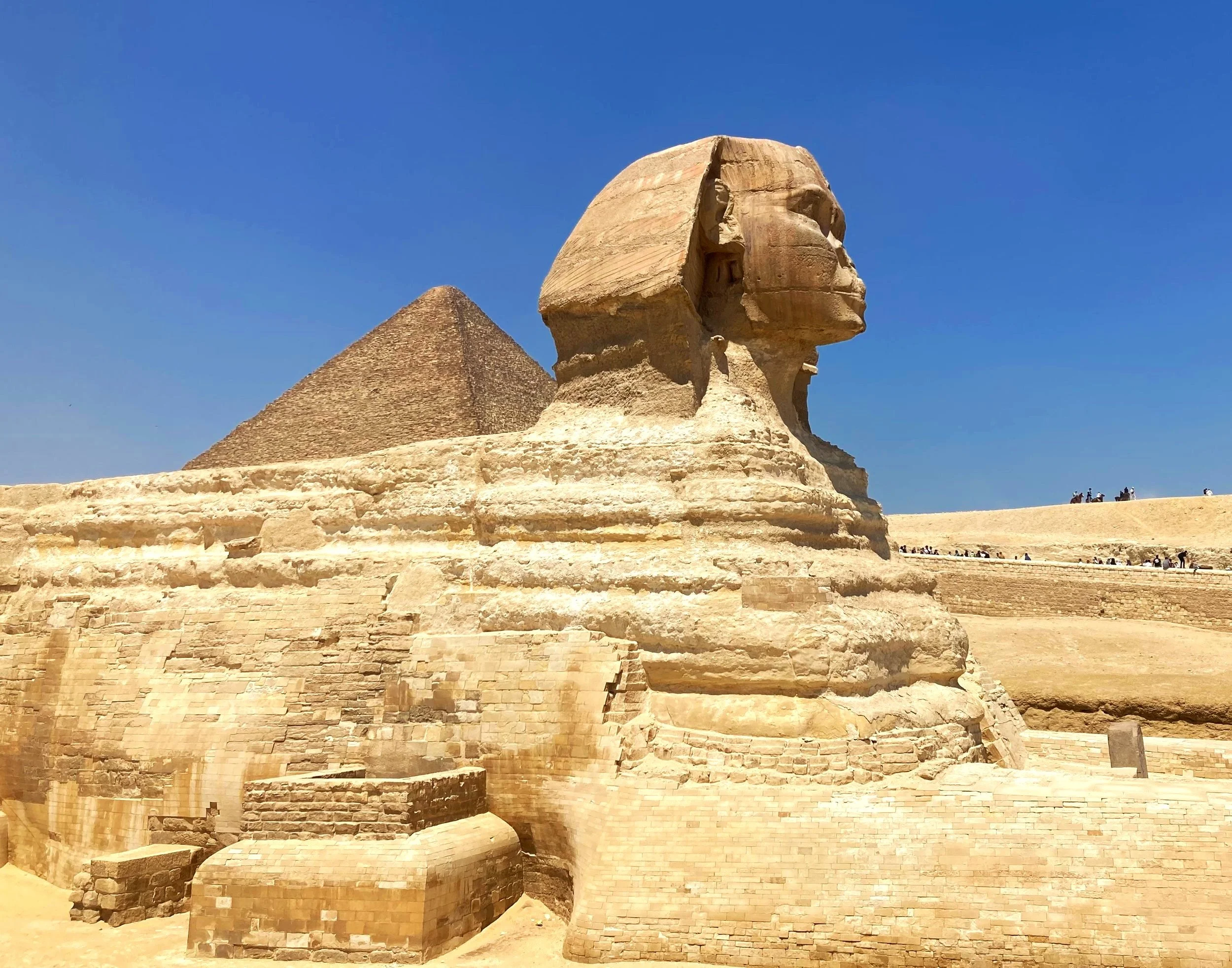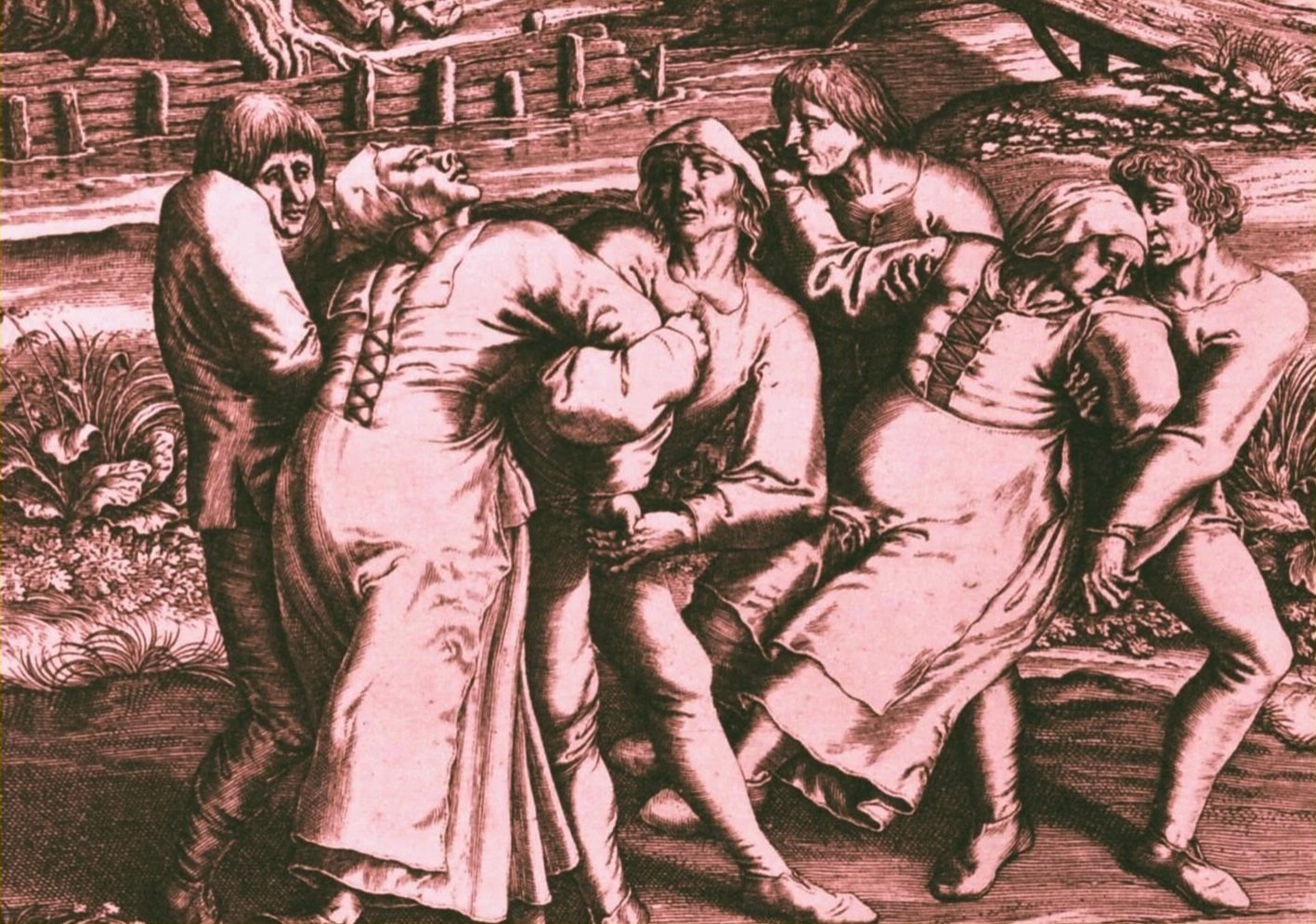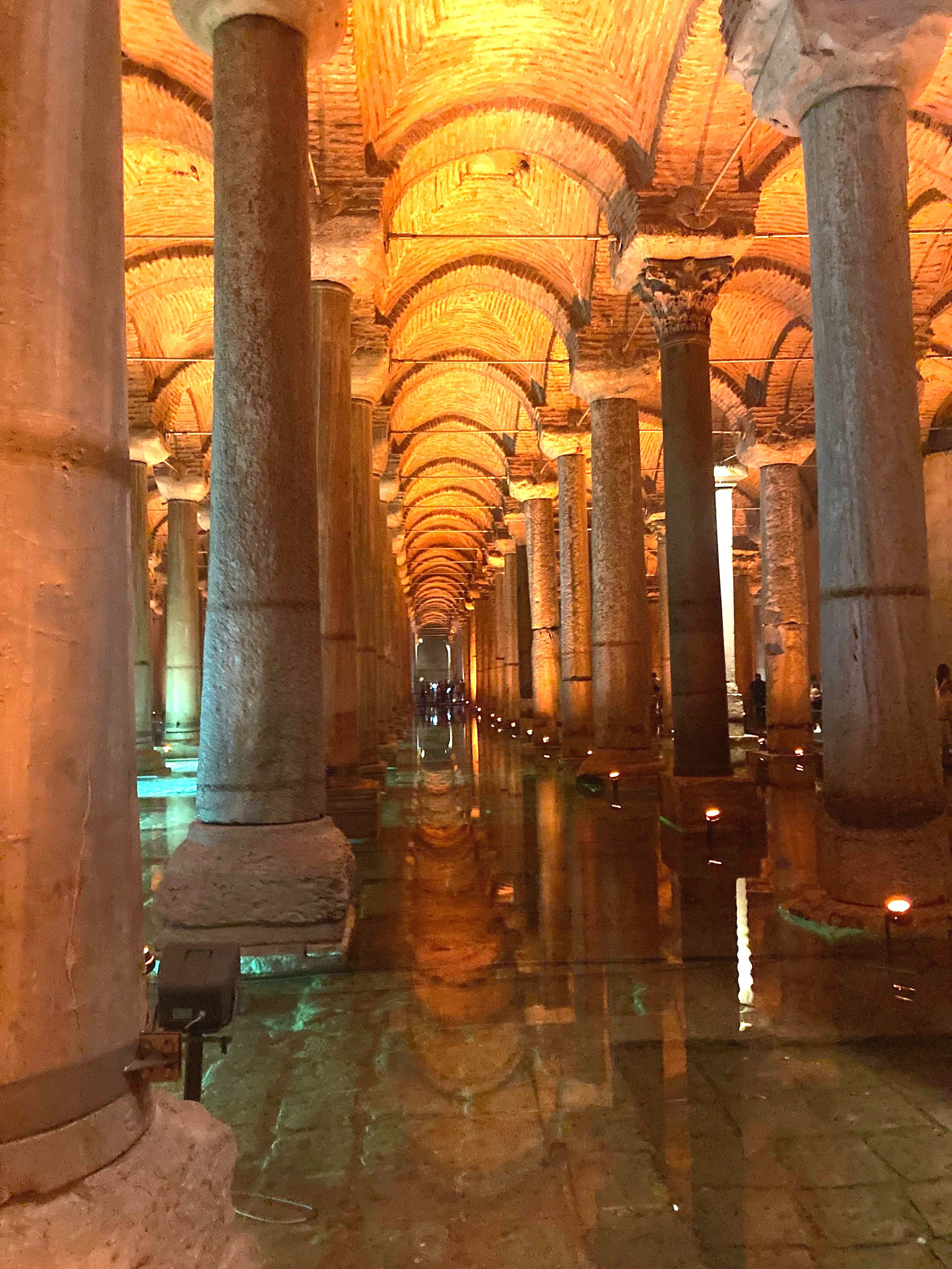
Crossbones Cemetery, London
South of the River Thames in the area now known as Southwark lies what was once the medieval pleasure district of the city, filled with theatres, bear-pits, taverns, and, of course, brothels. Everything one needed for a good old medieval night out on the town.

Tower Hamlets Cemetery Park, East London
Located in the Mile End area of East London, this working man’s cemetery is the final resting place of 350,000 people who were laid to rest between 1841 and 1966, buried in both private and communal graves on its 30-acre site. Though not filled with the rich and famous like its counterpart at Highgate, Tower Hamlets has a number of the lesser known celebrities.

The Icelandic Phallological Museum, Reykjavík, Iceland
From props and artwork, to animal penises big and small, casts belonging to real rock stars, and specimens from actual Icelandic trolls. If you’re into all things phallic, then the Icelandic Phallological Museum is the place for you! With well over 300 specimens from 120 different species, it holds the world's largest collection of its kind. And its displays are ever-expanding thanks to donors from around the world, eager for their members to proudly adorn the display cases of this unique museum.

Cheddar Gorge, Somerset, England
Within the rolling hills of Somerset in the South West of England, not far from Stonehenge, lies the infamous Cheddar Gorge. Its limestone cliffs are popular with hikers and climbers, while the stalactite-filled caves are open to explore the ancient chambers within formed during the last ice age by the meltwater floods. Since the 12th century, locals have used the caves to mature their cheese, making this the birthplace of the original cheddar. The caves provided the ideal conditions for aging. But there is also a darker side to their history, and it appeared that people here once had a taste for more than just cheese!

The Museum of Witchcraft and Magic, Boscastle, England
"Double, double toil and trouble; fire burn, and cauldron bubble". The witches of Macbeth set an ominous tone for things to come. But witches were not always seen as green-skinned, warty-nosed, cackling women riding on broomsticks, foreshadowing the downfall of Kings.

Medicine, Magic and the Art of Healing along the Nile, Egypt
Through their extensive experience with preserving their dead, the ancient Egyptians became quite proficient in their understanding of human anatomy, though this understanding was uniquely Egyptian. Their concepts of the human body and how it functioned, as with all things in ancient Egypt, were based on the Nile River.

The Leake Street Graffiti Tunnel, London
The Leake Street Graffiti Tunnel, aka the Banksy Tunnel, is a 300-metre-long public throughfare crossing beneath the railway tracks and linking Waterloo with the South Bank in central London, just behind the London Eye on the River Thames. The Leake Street Tunnel takes its name from Dr John Leake, who is remembered not only as a distinguished doctor and educator but also as the founder of the Westminster Lying-In Maternity Hospital, which was once located on the site.

The Valley of the Kings, Luxor
The graveyard of all graveyards, the Valley of the Kings. Located on the west bank of the Nile, across from the ancient capital city of Thebes - now modern-day Luxor, was the final resting place for the great pharaohs of old. Used for over 500 years during the time of Egypt's New Kingdom, the powerful Pharaohs and nobles of ancient Egypt were buried in elaborate tombs cut into the desert rocks. Some are mere pits, while others are immense structures composed of hidden passageways, deadly shafts, and secret chambers meant to confuse would-be raiders who sought to steal the treasures within.

Dubrovnik Old Town, Croatia
The Red Keep of Kings Landing, otherwise known as Dubrovnik, is a city steeped in history, even for those who aren’t Game of Thrones fans. Dating back to the 7th century, the city was part of the Byzantine Empire as well as the Republic of Venice until becoming a free state in the 14th century. Its strategic location between the Ottoman Empire and Europe allowed the city to flourish as a maritime trading hub.

Montmartre Cemetery, Paris
While Montmartre is undoubtedly a beautiful cemetery, it also has a decidedly darker feel to it compared to Paris’s other necropolises. Maybe because it's a bit quieter, or maybe because of all the cats that watch the passersby from the tops of graves, or maybe it’s due to its dark past. Whatever the reason, It is worth a visit when in this part of Paris, just don’t go alone!

Père Lachaise Cemetery, Paris
Lying to the East of Paris in the 20th arrondissement is the city’s largest, and most famous cemetery; Père Lachaise. Bought by Napoleon in 1804, the cemetery was established to accommodate the dead as the churchyards in central Paris overflowed and burst at the seams. And unlike the churchyard cemeteries, it was open to all Parisians, regardless of race or religion, but had one rule: the deceased must have lived and died in Paris to be buried within its tree-lined avenues.

The Ossuary at St Leonard’s Church, Hythe, England
Thousands of human bones lie neatly arranged in stacks and on shelves beneath the floors of the church at St Leonards’ in Hythe, a small parish on the southeast coast of England. The ossuary holds the remains of about 2,000 individuals and is the largest collection of its kind in England. This charnel house or ‘bone-house’ as the ossuary is sometimes referred to, holds the remains of the de-fleshed dead.

St. Nicholas’ Leper Hospital, Harbledown, England
St Nicholas’ Church and Leper Hospital was built in the year 1084 by Lefranc, the Archbishop of the neighbouring Canterbury Cathedral. The church and leper hospital are amoung the oldest in England purposely built to house and treat those afflicted with the disease. Leprosy began to spread across England from the 4th century AD and was rampant by the year of the hospital's foundation. The stigma associated with the disease was high and people were shunned from society out of fear. They needed a place to live, pray, and be cared for, thus the ‘lazars’ or leper houses were formed and run by the monks of the connected churches.

Ostrog Monastery, Montenegro
A harrowing drive along a narrow mountain road filled with hairpin turns and sheer drops leads you to this ancient site built into the cliff face of the Montenegran mountains. Ostrog Monastery is one of the holiest sites of the Serbian Orthodox faith and serves as the final resting place of Saint Basil of Ostrog, who founded the monastery in the 17th century. His body lies within a small painted cave set into the cliff walls of the upper monastery. People come from far and wide to visit this holy site and to pray for the miraculous healing powers associated with the saint and his monastery.

The Hunterian Museum at the Royal College of Surgeons, London
The Hunterian Museum, located within the Royal College of Surgeons in London, is a small yet impressive museum named after the 18th-century surgeon and anatomist John Hunter and is home to England's largest collection of anatomical specimens. The collection features thousands of items, from Sir Isaac Newton’s death mask and the brain of Charles Babbage - the inventor of the computer, to body parts of all types including syphilic skulls, and even has skin tables adorning the walls of the Museum. The extensive collection takes you on a fascinating journey through the history of surgery from the 17th century to the present day.

Kensal Green Cemetery, London
Located about ten minutes on foot from the bustling Portobello Market, this oasis of calm is one of London’s 'Magnificent Seven', the large Victorian-era garden cemeteries established around the city to address the overcrowded and disease-ridden churchyards of central London in the early 1800s. Inspired by the grand Père Lachaise Cemetery in Paris, Kensal Green was built in 1833 and now houses approximately 250,000 individuals in over 65,000 graves. Composed of gothic mausoleums, crooked tombstones, and underground catacombs, the cemetery is filled with stories of London's past.

Strasbourg, France
In the summer of 1518, a strange occurrence took place in the streets of Strasbourg. It began with one woman. A lady named Frau Troffea began dancing uncontrollably, with no reason or even music to incite her. Others who witnessed her dance found themselves drawn into the mayhem, with reports of over 400 people taking part. Spectators at the scene described the dancers as if they were convulsing, thrashing their limbs about, and appearing vacant-eyed, like one possessed.

Buda Castle, Budapest
High up on a hill in Buda, overlooking the city of Pest across the Danube, lies the Castle Hill area of Budapest. This historic site has seen numerous sieges and bloody battles throughout its long history, which are echoed in its cobbled streets and ancient buildings. And beneath its floors lies an even more sinister past as it was once the prison for Dracula himself.

The Cenotes of Quintana Roo, Mexico
Deep within the jungles and underground caves of Quintana Roo, along the Caribbean coast of Mexico, the crystal-clear blue waters of the cenote entice visitors to enter their cool depths. These ancient cenotes were essential to the survival of the Mayan people who believed them to be sacred gateways to the underworld below.

Basilica Cistern, Istanbul
Escape the heat and hustle of the city and delve down 52 stone steps into an underground cavern, just next to the Hagia Sophia in the historic center of Istanbul.